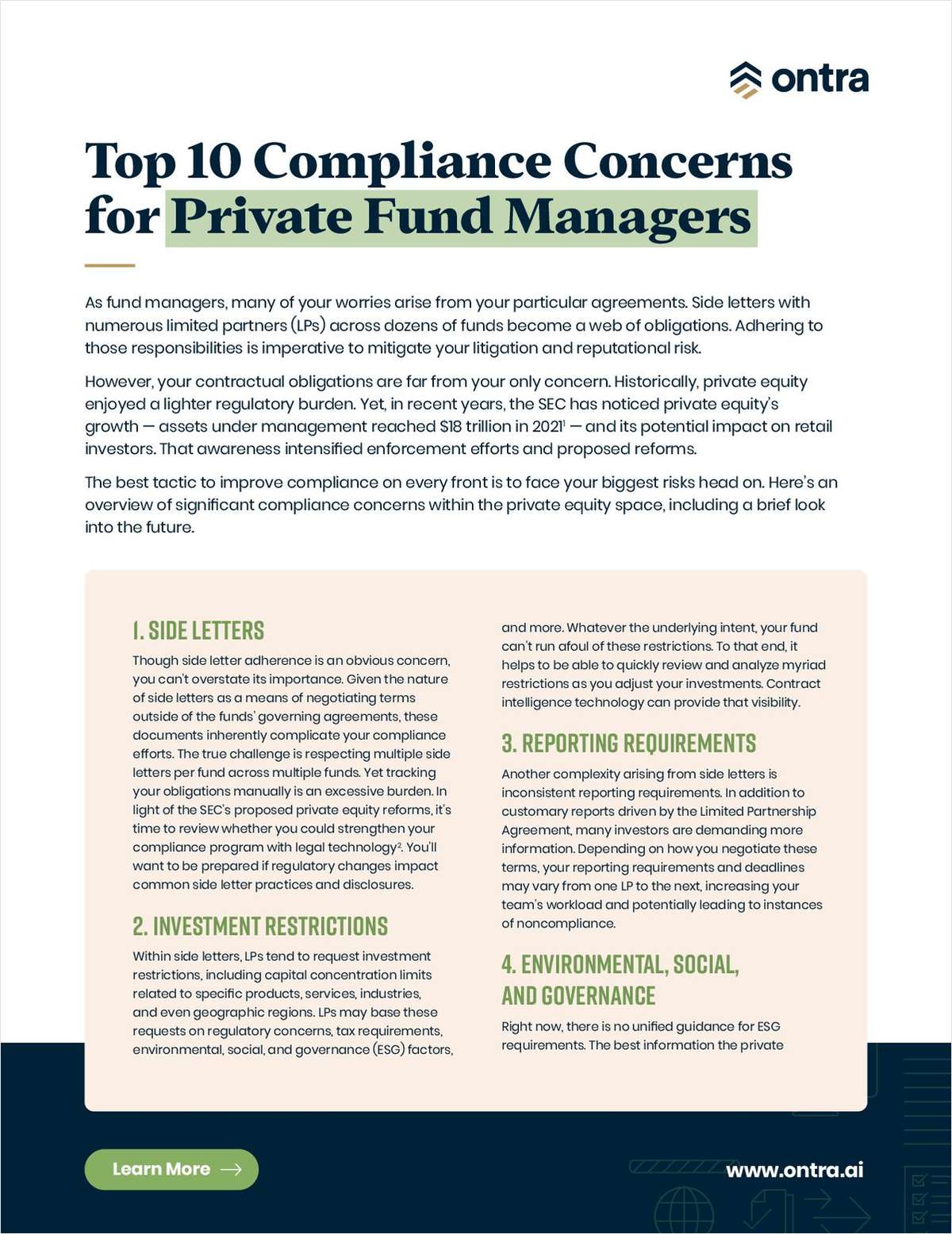Error
An error occurred while fetching the data.
Error details: Error: INTERNAL_ERROR for 11aea38d-4fcb-35b7-25a7-2eec02e21f28: {"response":{"errors":[{"message":"INTERNAL_ERROR for 11aea38d-4fcb-35b7-25a7-2eec02e21f28","locations":[{"line":1,"column":52}],"path":["articleBookData"],"extensions":{"classification":"INTERNAL_ERROR"}},{"message":"INTERNAL_ERROR for 11aea38d-4fcb-35b7-25a7-2eec02e21f28","locations":[{"line":124,"column":7}],"path":["LexisData"],"extensions":{"classification":"INTERNAL_ERROR"}}],"data":{"articleBookData":null,"youmightlike":[{"uri":"https://www.law.com/international-edition/2024/09/25/australian-legal-and-professional-services-group-hpx-buys-privacy-business/","title":"Australian Legal and Professional Services Group HPX Buys Privacy Business","byline":"Christopher Niesche","authors":[{"name":"Christopher Niesche","description":"Christopher Niesche is the Australia correspondent for Law.com International. He covers the business of law in Australia and writes about lawyers, global and domestic law firms and in-house law departments. He also covers Australian regulatory matters. He can be reached at [email protected] and on Twitter: @ChrisNiesche.\r\n<div id=\"highlighter--hover-tools\" style=\"display: none;\"></div>\r\n<div id=\"highlighter--hover-tools\" style=\"display: none;\"></div>\r\n<div id=\"highlighter--hover-tools\" style=\"display: none;\"></div>\r\n<div id=\"highlighter--hover-tools\" style=\"display: none;\"></div>\r\n<div id=\"highlighter--hover-tools\" style=\"display: none;\"></div>","imageLarge":"//images.law.com/contrib/content/uploads/2019/07/Christopher-Niesche_avatar_1562950205-136x136.png","webUrl":"https://www.law.com/author/profile/christopher-niesche/","jobTitle":"Correspondent, Sydney"}],"prettyDate":"September 25, 2024","readtime":"2","image":{"uri":"https://images.law.com/contrib/content/uploads/sites/378/2019/07/sydney2_616x372.jpg-image620x372.jpg","width":"616","height":"372"},"summary":"Hamilton Locke owner acquires Salinger Privacy."},{"uri":"https://www.law.com/international-edition/2024/09/25/sterlington-new-york-hires-former-withers-asset-finance-head-in-hong-kong-as-partner/","title":"Sterlington New York Hires Former Withers Asset Finance Head as Partner in Hong Kong","byline":"Jessica Seah","authors":[{"name":"Jessica Seah","description":"Jessica Seah is Law.com International's Asia Editor. She writes about lawyers and legal issues in Hong Kong, China, Singapore and throughout Southeast Asia, Japan and Korea. Her coverage includes the business of law, global and domestic law firms, legal tech, in-house legal departments and regulatory issues. She can be reached at [email protected].\r\n<div id=\"highlighter--hover-tools\" style=\"display: none;\"></div>\r\n<div id=\"highlighter--hover-tools\" style=\"display: none;\"></div>","imageLarge":"https://secure.gravatar.com/avatar/d9a6a20c99286243d2023903fed87e18?s=136&d=mm&r=g","webUrl":"https://www.law.com/author/profile/jessica-seah/","jobTitle":"Asia Editor"}],"prettyDate":"September 25, 2024","readtime":"3","image":{"uri":"https://images.law.com/contrib/content/uploads/sites/378/2022/01/Paul-Jebely-767x633.jpg","width":"767","height":"633"},"summary":"Paul Jebely will continue to be based in Hong Kong and will be travelling extensively around Asia, the Middle East and North America to see and deal with clients."},{"uri":"https://www.law.com/international-edition/2024/09/25/davis-polk-simpson-thacher-and-big-four-japanese-firms-advise-on-tokyo-metros-2-2b-ipo/","title":"Davis Polk, Simpson Thacher and Big Four Japanese Firms Advise on Tokyo Metro's $2.2B IPO","byline":"Kasvi Sehgal","authors":[{"name":"Kasvi Sehgal","description":"Kasvi Sehgal, based in India, is a correspondent for Law.com International who writes about lawyers and legal issues across Asia. Her coverage includes the business of law, global and regional law firms, in-house legal departments, litigation and arbitration, and regulatory issues. She can be reached at [email protected].\r\n<div id=\"highlighter--hover-tools\" style=\"display: none;\"></div>\r\n<div id=\"highlighter--hover-tools\" style=\"display: none;\"></div>","imageLarge":"https://secure.gravatar.com/avatar/6fc8ed2a678dd58eb153ccd53047f532?s=136&d=mm&r=g","webUrl":"https://www.law.com/author/profile/kasvi-sehgal/","jobTitle":"Correspondent"}],"prettyDate":"September 25, 2024","readtime":"2","image":{"uri":"https://images.law.com/contrib/content/uploads/sites/378/2022/10/Tokyo-Stock-Exchange-767x633.jpg","width":"767","height":"633"},"summary":"The transaction is expected to be the largest public float in Japan since SoftBank's $21 billion share sale in 2018, overtaking KKR-owned Kokusai Electric's $750 million listing last year."},{"uri":"https://www.law.com/international-edition/2024/09/25/linklaters-hires-international-arbitrator-in-brazil/","title":"Linklaters Hires International Arbitrator in Brazil ","byline":"Amy Guthrie","authors":[{"name":"Amy Guthrie","description":"Amy Guthrie is Law.com International's Latin America correspondent, based in Mexico City. She covers legal and business issues, including law firms, in-house counsel, and regulatory matters across Latin America. She can be reached at [email protected]\r\n<div id=\"highlighter--hover-tools\" style=\"display: none;\"></div>\r\n<div id=\"highlighter--hover-tools\" style=\"display: none;\"></div>","imageLarge":"https://secure.gravatar.com/avatar/5752bec3d60f397bc6768dd281ad03c9?s=136&d=mm&r=g","webUrl":"https://www.law.com/author/profile/amy-guthrie/","jobTitle":"Latin America Correspondent"}],"prettyDate":"September 25, 2024","readtime":"2","image":{"uri":"https://images.law.com/contrib/content/uploads/sites/378/2024/09/Caio-Campello-767x633.jpg","width":"767","height":"633"},"summary":"Caio Campello joins the firm's São Paulo office as demand for litigation and arbitration accelerates in the Latin American country."},{"uri":"https://www.law.com/international-edition/2024/09/25/dentons-australian-ceo-stands-aside-amid-anti-vax-email-claims/","title":"Dentons Australian CEO Stands Aside Amid Anti-Vax Email Claims","byline":"Christopher Niesche","authors":[{"name":"Christopher Niesche","description":"Christopher Niesche is the Australia correspondent for Law.com International. He covers the business of law in Australia and writes about lawyers, global and domestic law firms and in-house law departments. He also covers Australian regulatory matters. He can be reached at [email protected] and on Twitter: @ChrisNiesche.\r\n<div id=\"highlighter--hover-tools\" style=\"display: none;\"></div>\r\n<div id=\"highlighter--hover-tools\" style=\"display: none;\"></div>\r\n<div id=\"highlighter--hover-tools\" style=\"display: none;\"></div>\r\n<div id=\"highlighter--hover-tools\" style=\"display: none;\"></div>\r\n<div id=\"highlighter--hover-tools\" style=\"display: none;\"></div>","imageLarge":"//images.law.com/contrib/content/uploads/2019/07/Christopher-Niesche_avatar_1562950205-136x136.png","webUrl":"https://www.law.com/author/profile/christopher-niesche/","jobTitle":"Correspondent, Sydney"}],"prettyDate":"September 25, 2024","readtime":"3","image":{"uri":"https://images.law.com/contrib/content/uploads/sites/378/2023/07/Dentons-Canada-2-767x633.jpg","width":"768","height":"633"},"summary":"Doug Stipanicev is accused of sending anti-vax and anti-Semitic material."},{"uri":"https://www.law.com/international-edition/2024/09/25/ao-shearman-partner-quits-firm-after-drink-driving-conviction/","title":"A&O Shearman Partner Quits Firm After Drunk Driving Conviction","byline":"Jack Womack","authors":[{"name":"Jack Womack","description":"Jack joined <a class=\"c-link\" tabindex=\"-1\" href=\"http://law.com/\" target=\"_blank\" rel=\"noopener noreferrer\" data-stringify-link=\"http://Law.com\" data-sk=\"tooltip_parent\" data-remove-tab-index=\"true\">Law.com</a> International as a reporter in November 2021 after finishing his Journalism MA at City, University of London. <a class=\"c-link\" tabindex=\"-1\" href=\"mailto:[email protected]\" target=\"_blank\" rel=\"noopener noreferrer\" data-stringify-link=\"mailto:[email protected]\" data-sk=\"tooltip_parent\" data-remove-tab-index=\"true\">[email protected]</a>","imageLarge":"https://secure.gravatar.com/avatar/7ade440e2fe16a87b5f09823b4aa6c76?s=136&d=mm&r=g","webUrl":"https://www.law.com/author/profile/jack-womack/","jobTitle":"Reporter"}],"prettyDate":"September 25, 2024","readtime":"2","image":{"uri":"https://images.law.com/contrib/content/uploads/sites/378/2024/09/Capture_60-767x633.jpg","width":"767","height":"633"},"summary":"The partner was sentenced in July, fined, and banned from driving for 24 months."}],"articlePackages":[],"LexisData":null},"extensions":{"DateTime":"2024-09-25T23:34:22.386047377","ResponseTime":"?","AuthorizedUser":false,"AlmContext":"AlmContext{clientIP='10.0.253.239', internalIP='true', origin='', authorizedUser='false', Chinchilla, userAccount='null', UCID=null, ipAccount='null'}","NavServiceResponse":{"message":"No Content","action":"show-404","data":"","placResultsPublic":null},"DebuggingData":null,"UsedCache":"false","DataUrl":"http://ml.alm.com:9016/bff-services/domains/get-domain-by-id.xqy?domainId=7"},"status":200,"headers":{}},"request":{"query":"query Lawcom_international_edition_StandardArticle{articleBookData:\n getContentAndBook(naturalId: \"/2000/10/26/client-extranetsmade-to-measure/\", site:\"law.com/international-edition\")\n {\n book {\n title\n description\n coverImage\n bookUrl\n }\n content {\n uri\n canonicalUrl\n generatedId\n naturalId\n type\n postFormat\n title\n readtime\n timeToRead\n byline\n authors {\n name\n description\n imageLarge\n webUrl\n jobTitle\n }\n publication\n kicker\n kickerNode {\n name\n slug\n uri\n sectionName\n }\n prettyDate\n prettyDateTime\n pubDate\n modifiedDate\n isDownload\n primaryCategory {\n channelName\n sectionName\n slug\n channelUri\n }\n tags\n image {\n uri\n width\n height\n }\n embed1\n embed2\n summary\n categories {\n name\n uri\n channelName\n }\n bodyArray\n slides {\n image\n caption\n height\n width\n }\n needToKnow\n lawFirmsMentioned {\n lawFirm\n searchUrl\n }\n relatedStoryData {\n url\n title\n }\n\n }\n\n }\n youmightlike:\n getYouMayLikeForContent(naturalId: \"/2000/10/26/client-extranetsmade-to-measure/\", site:\"law.com/international-edition\") {\n uri\n title\n byline\n authors {\n name\n description\n imageLarge\n webUrl\n jobTitle\n }\n prettyDate\n readtime\n image {\n uri\n width\n height\n }\n summary\n }\n articlePackages:\n getPackagesForArticle(docId: \"/2000/10/26/client-extranetsmade-to-measure/\", limit: 3, publication:\"law.com/international-edition\") {\n title\n slug\n type\n summary\n cssFile\n navigations {\n name\n link\n }\n articles {\n title\n kicker\n uri\n image {\n uri\n }\n }\n\n\n }\n LexisData:\n getLegalContent(naturalId: \"/2000/10/26/client-extranetsmade-to-measure/\", site:\"law.com/international-edition\")\n {\n lexis {\n lexisURL\n lexisWall\n bloombergURL\n }\n }\n }"}}
Go Home
More from ALM
- Morgan & Morgan Class Action Attorneys Detail Pathway to Success Within Cybersecurity and Data Privacy Practice 1 minute read
- Holwell Shuster & Goldberg Partners Leverage 'Hostile' Witnesses to Secure $101 Million Verdict Against Walmart 1 minute read
- Legal Speak at General Counsel Conference Midwest 2024: Mike Andolina, Partner, White & Case 1 minute read
Resources

From Burnout to Breakthrough: How Technology Enhances Legal Wellness
Brought to you by Nuix
Download Now

Top 10 Compliance Concerns for Private Fund Managers
Brought to you by Ontra
Download Now





